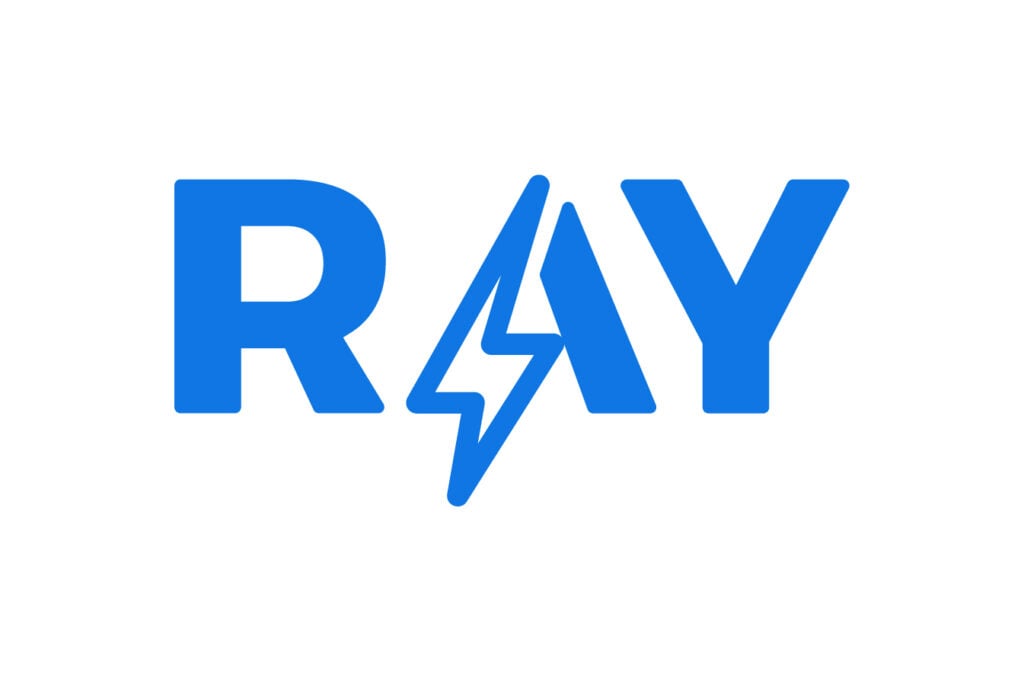Customer reviews are more than just reputation builders: they’re untapped data goldmines. For restaurant owners and customer experience managers, reviews can reveal exactly what’s working, what’s frustrating, and what your guests wish you’d change. But reading them isn’t enough. The real value comes when you translate feedback into action.
In this guide, we’ll walk through how to analyze customer reviews, identify patterns, and use that insight to improve food, service, and atmosphere. Whether you run a single bistro or manage multiple locations, this process will help you build loyalty, boost ratings, and get more return visits.

Step 1: Centralize and Organize Your Reviews
The first challenge is gathering feedback from all the platforms where your customers are leaving it: Google, Yelp, OpenTable, TripAdvisor, Facebook, and even direct surveys. If you have multiple locations, organize reviews by store to identify which branches have consistent praise or recurring problems.
Tools like RayApp or reputation management platforms can automate this process, helping you:
- Track and filter reviews by rating, location, or keywords
- Export or tag reviews mentioning specific experiences (e.g., “slow service,” “amazing brunch,” “dirty bathroom”)
- Monitor trends over time, not just individual comments
This step ensures you’re not making decisions based on just the loudest or most recent comments, but on consistent patterns.
Step 2: Break Feedback into Categories
Not all feedback means the same thing. A long wait might be a staffing issue. A cold dish might be a kitchen execution problem. Group reviews into categories like:
- Food Quality
- Speed of Service
- Staff Friendliness
- Cleanliness
- Ambience and Noise
- Price and Value
- Online Ordering or Delivery Experience
Use this framework to spot what customers care about most. For example, if “friendliness” is mentioned positively 90% of the time, that’s a strength to highlight in marketing. If “wait time” is consistently a sore point, you’ve found a clear target for operational improvement.
Step 3: Identify Root Causes, Not Just Symptoms
When guests say their food was cold or service was slow, look deeper. Are these one-off complaints, or signs of deeper problems?
Here’s how to think critically about common issues:
- “Long wait for food” might indicate poor kitchen-staff communication, not just high volume.
- “Forgot part of our order” could point to gaps in your POS system or ticketing workflow.
- “No one greeted us” might suggest understaffed hosts or a need for retraining.
The goal is to connect surface-level feedback with operational decisions—so your improvements are lasting, not just reactive.

Step 4: Translate Insights into Action
Once you’ve spotted patterns and understood causes, act on them. Don’t just tell your team to “be nicer” or “speed it up.” Instead, implement changes that are specific, measurable, and trackable:
- If guests complain about order mix-ups, revise your kitchen workflow or retrain servers on ticketing protocols.
- If weekend guests mention noise levels, consider acoustic panels, soft music, or rearranging seating.
- If reviews praise a specific employee, recognize them publicly—this boosts morale and reinforces behavior you want to scale.
Feedback should always lead to action. Track whether your changes lead to improvements in future reviews. This is how you close the feedback loop and build a culture of continuous improvement.
Step 5: Respond Publicly, But Strategically
Every review, good or bad, is a public conversation. Responding with empathy and professionalism shows future customers you care—and it gives you a chance to reframe the narrative.
Here’s how to reply effectively:
- Thank the reviewer by name if possible.
- Acknowledge their specific comments.
- Clarify improvements or changes you’ve made (if applicable).
- Invite them to return and give you another shot.
This shows your business is listening, evolving, and focused on delivering better service—not just defending itself.
See how your restaurant’s website stacks up against local competitors

Step 6: Use Positive Reviews as CX Fuel
Don’t just fix problems, learn from praise. What delights your customers? What language do they use to describe your atmosphere, staff, or food?
Use this feedback to:
- Reinforce your brand identity across your website and social media
- Highlight specific menu items or offers that guests love
- Build training around behaviors that lead to rave reviews
Positive reviews are not just reputation boosters—they’re strategic insight into what makes your business work. Lean into it.
Final Thoughts
Customer reviews are free, candid, and data-rich feedback loops, if you know how to use them. For restaurant owners and CX leaders, they provide not only a snapshot of the guest experience but a playbook for growth.
With the right structure and mindset, you can turn scattered comments into powerful strategy. It’s not about chasing five stars, it’s about building the kind of experience that earns them, consistently.

